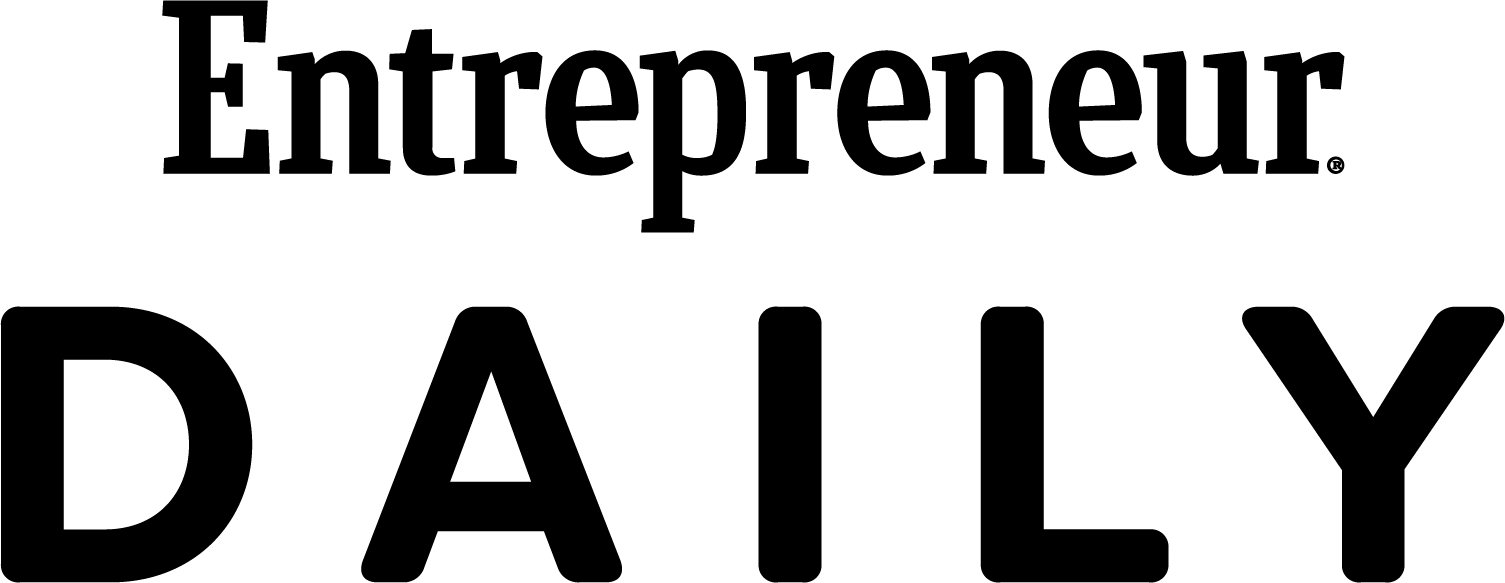How to Get Your Ideas to Market Quickly and Painlessly Building an Internet business is a long, slow process but getting started doesn't have to be.
By Daniel DiPiazza Edited by Dan Bova

Opinions expressed by Entrepreneur contributors are their own.

While 99 percent of the population is going to work every day, trading their time for money...there's a special group of "in the know" people who are waking up to bank accounts fatter than when they went to sleep because their online business is working 24/7 to make them money.
It's a whole "nother world that most people have no idea even exists.
A few years ago, I found that world.
I've written a lot about how I started freelancing my skills online and surrounding myself with people who are more successful than I am.
But how did I build my online business?
How did I set up my online systems and go from "absolutely no idea what I'm doing" to making this "automatic" money?
Good question.
One of the key components to my success has been my ability to streamline my life with automatic workflows.
Related: Forget the Next Level and Just Focus on Doing the Next Thing
Get your idea noticed quickly and easily.
If anyone has read the more recent books on startup philosophy — for instance, The Lean Startup — you know that having an M.V.P. (Minimum Viable Product) is important.
One of the biggest mistakes I see beginners make is thinking that they'll have to spend thousands of dollars building an idea up before they're ready to launch it. Then, of course, they just hope that people buy into it.
WRONG, WRONG, DOUBLE WRONG.
Case in point: One of my closest friends is building an educational product to help students apply to (and get accepted by) the best colleges. He's no longer a 20-something, and he has some money to throw around — but I think he's already spent close to $50,000+ developing the product before he's gotten a single sale.
I support him and I think the product is going to do well…but…
This terrifies me.
Test your ideas.
The core component of being able to launch quickly is to test your ideas first.
When you're deep into the intricacies of your product or service, sometimes you can't see the glaring problems with them. That's why you always, always, always want customer feedback (or ideally, some sales) before you push the big red button and decide to pour time and money into a project.
But the process of getting customer feedback doesn't have to be some complicated, involved process. You don't need to budget a ton of money for "test marketing."
It can be as simple as asking, "Does this idea interest you?"
That's where landing pages come in.
How landing pages work.
The concept of a landing page is simple: Present an idea to people, collect their information (name, email, mobile, etc). But the implications of even a few people opting in to your landing page can be huge.
When people read your idea, then follow through by giving you their information, you know instantly whether the idea has merit, is something that the market wants and if you should invest your time/money in it. The biggest benefit is that if you decide to launch the product or service to people in the future, you'll already have a built-in customer list. Awesome.
Related: Increase Your Conversion Rates With These 7 Landing Page Must-Haves
My experiment.
About two years ago, I wanted to build a new company that produced nootropic coffee. Smart drugs + coffee? Come on. Seemed like an amazing idea.
So I set up this landing page to see if people were interested:
After doing a little light promotion (posting it on Facebook, asking friends to share, etc), I got about 100 submissions. In a week. That's 100 people who wanted to know more about this product. The page took me about 10 minutes to construct.
Here's the take-away: I leveraged that short time frame to learn many things that could have taken me months to learn if I decided to save up, find coffee supplier and a laboratory, then start making coffee.
I found out for nearly free that I had a core audience interested in what I had to offer, my positioning (the way I talked about the product) resonated fairly well and that people were willing to give me their personal information in exchange for the offer.
I didn't end up building the product, but I knew there was definitely an opening. And I didn't spend any money to learn about the market.
Here's how to get started quickly for nearly $0.
I build my free landing pages on Leadpages. To make a quick logo: Fiverr has some great designers who will give you a logo for $5 to $10 (my KeenBean logo was $5). Use the 99Designs "Ready Made" store for inspiration, then show some of the colors and styles to the Fiverr designer to emulate. Don't copy.
Remember...
You can test anything -- a physical or digital product, a course, a service or even service-based coaching. It's all based on what's interesting to you, what you think you can create easily, and how you can best help serve an audience who needs you or your product.
The sky is the limit.












